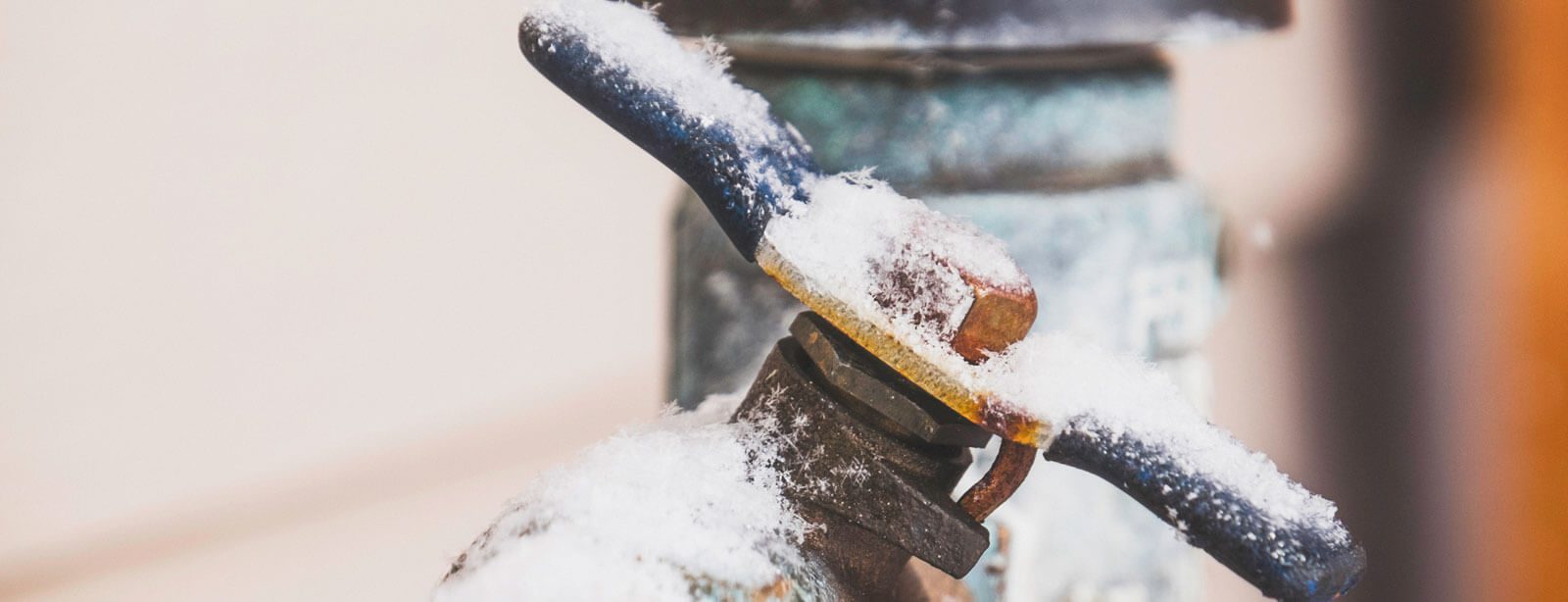Essential Tips for Avoiding Frozen Pipes in Winter Conditions
Essential Tips for Avoiding Frozen Pipes in Winter Conditions
Blog Article
The content following next in relation to Helpful Tips to Prevent Frozen Pipes this Winter is pretty much compelling. Don't skip it.

Cold weather can ruin your pipes, specifically by freezing pipelines. Below's how to prevent it from taking place and what to do if it does.
Intro
As temperatures drop, the threat of icy pipes increases, possibly causing expensive repairs and water damages. Understanding how to stop icy pipelines is essential for property owners in chilly climates.
Avoidance Tips
Protecting vulnerable pipelines
Wrap pipelines in insulation sleeves or use warm tape to safeguard them from freezing temperatures. Concentrate on pipelines in unheated or exterior areas of the home.
Home heating strategies
Maintain indoor areas appropriately warmed, specifically locations with plumbing. Open cabinet doors to allow cozy air to flow around pipelines under sinks.
Exactly how to determine frozen pipelines
Try to find decreased water circulation from taps, unusual smells or sounds from pipelines, and visible frost on revealed pipes.
Long-Term Solutions
Architectural adjustments
Consider rerouting pipes far from outside wall surfaces or unheated areas. Add added insulation to attics, cellars, and crawl spaces.
Updating insulation
Purchase high-quality insulation for pipes, attic rooms, and walls. Proper insulation assists preserve consistent temperature levels and reduces the risk of frozen pipelines.
Shielding Outside Pipes
Garden pipes and outside faucets
Detach and drain pipes yard hoses before wintertime. Mount frost-proof faucets or cover outdoor faucets with insulated caps.
Recognizing Icy Pipes
What causes pipes to freeze?
Pipelines ice up when subjected to temperature levels below 32 ° F (0 ° C) for prolonged durations. As water inside the pipes freezes, it broadens, putting pressure on the pipe wall surfaces and potentially creating them to break.
Threats and damages
Icy pipes can bring about water disruptions, building damages, and pricey repairs. Ruptured pipes can flooding homes and cause comprehensive architectural damages.
Signs of Frozen Water Lines
Recognizing icy pipelines early can prevent them from bursting.
What to Do If Your Pipes Freeze
Immediate actions to take
If you think frozen pipes, maintain taps open up to soothe stress as the ice thaws. Make use of a hairdryer or towels taken in warm water to thaw pipelines slowly.
Conclusion
Avoiding icy pipelines requires positive procedures and quick feedbacks. By comprehending the reasons, indicators, and preventive measures, homeowners can protect their pipes throughout cold weather.
5 Ways to Prevent Frozen Pipes
Drain Outdoor Faucets and Disconnect Hoses
First, close the shut-off valve that controls the flow of water in the pipe to your outdoor faucet. Then, head outside to disconnect and drain your hose and open the outdoor faucet to allow the water to completely drain out of the line. Turn off the faucet when done. Finally, head back to the shut-off valve and drain the remaining water inside the pipe into a bucket or container. Additionally, if you have a home irrigation system, you should consider hiring an expert to clear the system of water each year.
Insulate Pipes
One of the best and most cost-effective methods for preventing frozen water pipes is to wrap your pipes with insulation. This is especially important for areas in your home that aren’t exposed to heat, such as an attic. We suggest using foam sleeves, which can typically be found at your local hardware store.
Keep Heat Running at 65
Your pipes are located inside your walls, and the temperature there is much colder than the rest of the house. To prevent your pipes from freezing, The Insurance Information Institute suggests that you keep your home heated to at least 65 degrees, even when traveling. You may want to invest in smart devices that can keep an eye on the temperature in your home while you’re away.
Leave Water Dripping
Moving water — even a small trickle — can prevent ice from forming inside your pipes. When freezing temps are imminent, start a drip of water from all faucets that serve exposed pipes. Leaving a few faucets running will also help relieve pressure inside the pipes and help prevent a rupture if the water inside freezes.
Open Cupboard Doors
Warm your kitchen and bathroom pipes by opening cupboards and vanities. You should also leave your interior doors ajar to help warm air circulate evenly throughout your home.

I recently found that article on How to Prevent Your Pipes From Freezing while surfing around the web. Liked our post? Please quickly share it. Help another person discover it. I truly appreciate your readership.
Give Me A Quote! Report this page